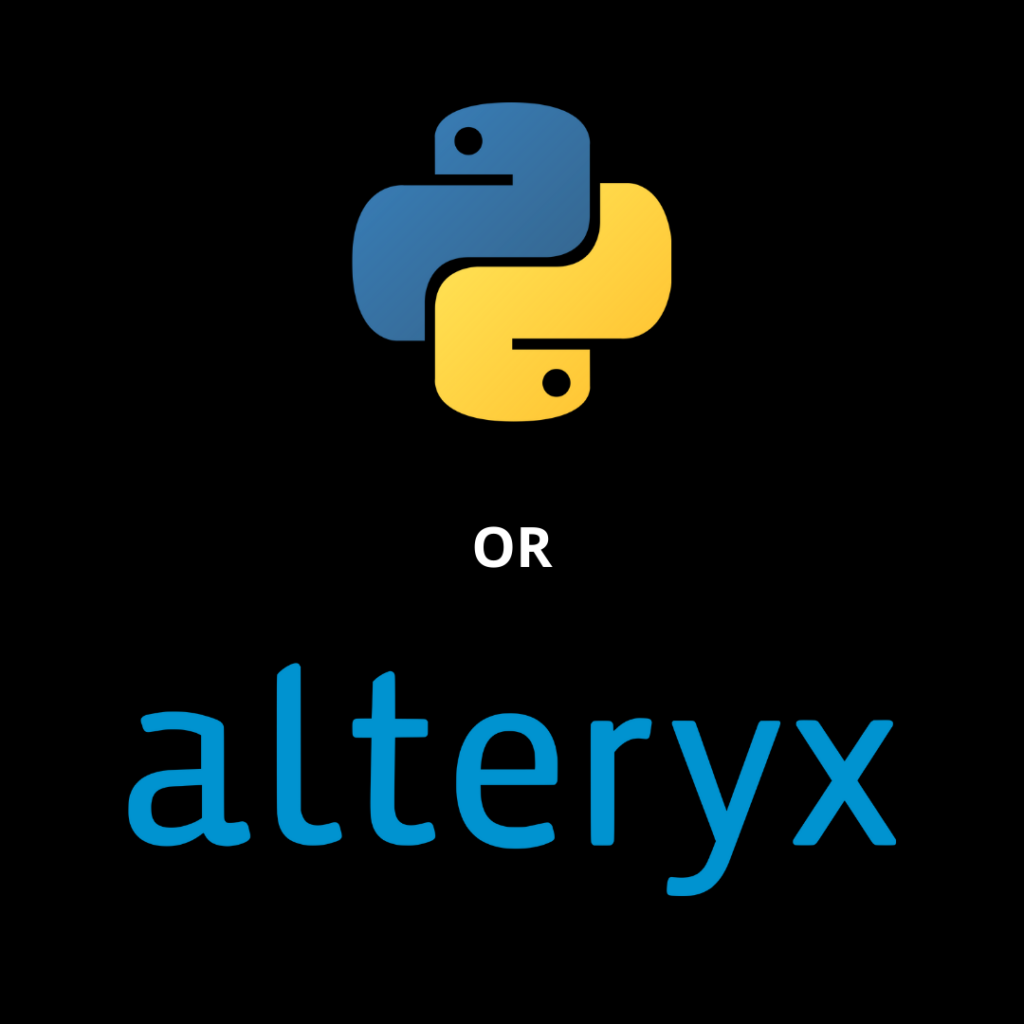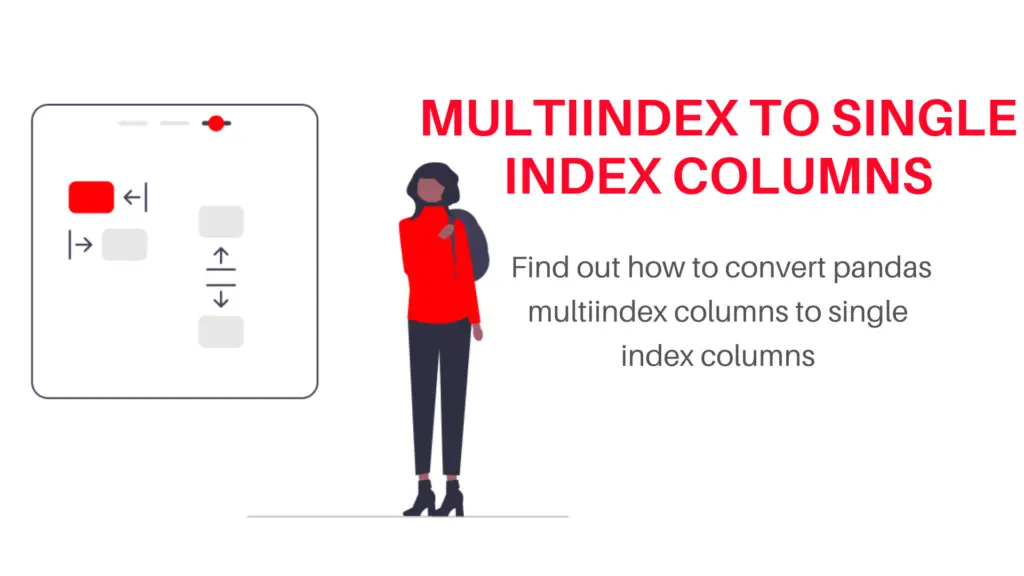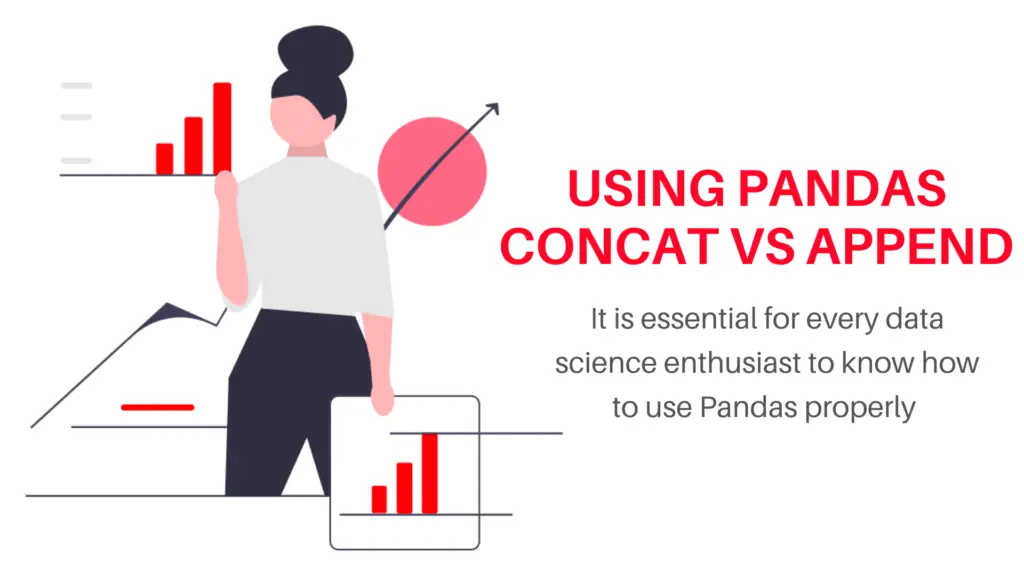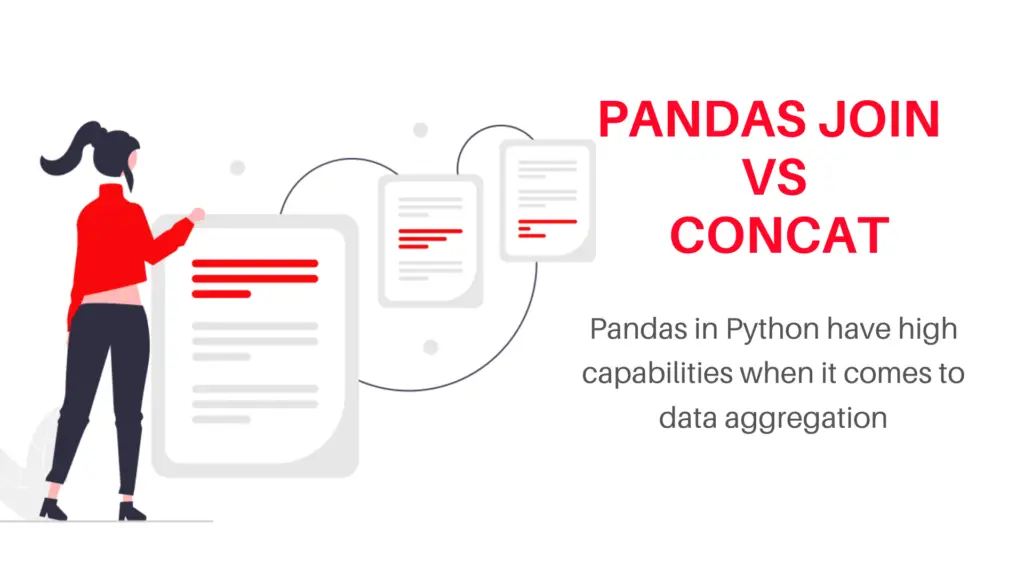With 2022 being the year of data science with every company investing billions of dollars and millions of students worldwide learning Data Science at their own pace. It is important to know which one is a better tool, Alteryx vs Python. The debate is not very easy to answer but in this article, we’ll go over the small little details that compare both these tools in action so that you can choose what’s better and learn it in 2022 at the earliest.
Alteryx Vs Python: A Comparative Analysis

A brief introduction
Python
Starting out the debate of Alteryx vs Python with an introduction, a crown jewel of Data Science today, Python is the Genie that can fulfill any wish that you have. It is an open-source Programming language that you can use for a wide range of things. Its easy availability and access to hundreds of other open-source libraries let you get packages customized to your needs.
It can perform functions and analyze datasets, matrices, lists, strings (text), etc., and can perform Machine Learning for automation and prepare Neural Networks too. It is also the basis for Deep Learning, Natural Language Processing, Neural Networks (ANNs and RNNs), Artificial Intelligence, and Data Science itself meaning that the boundaries of Python are simply not defined. Today, Python boasts of having over 137,000 open source libraries that organizations and individuals use to analyze and develop insights on data like never before.
For more on Python -> Official Website of Python
Alteryx
Alteryx offers analytics solutions to its customers in a very non-code-friendly environment where everything is drag and drop and pipelines can be shared or reproduced easily. Imagine wanting to conduct the entire analysis on another dataset, you can copy a workflow and change the source data. You don’t have to worry about having an error in your code or the size of the computation. Alteryx can handle large datasets almost 10x faster than its competitors.
A drag and drop system enables anyone with a non-tech background to also perform high-end analytics with in-depth scrutiny of the data with merely domain knowledge and barely any technical expertise requirements. Find more here on the official website -> Alteryx.com
Also, Read -> alteryx for analytics
Comparisons
1. Scope of use
Alteryx vs Python for scope is very simple to answer as the goal of alteryx is to provide operational analytics solutions which can take data from multiple sources and perform ETL work on the data by drilling down into it with custom functions.
However, Python wins in this aspect as Python is a programming language with front-end and back-end work. The scope is undefined for Python as anyone can use it for innumerable things. Libraries being developed every day only add to python’s capabilities which will outdo Alteryx on any day. Real-world problems which need human-level thinking with high-end computer applications with things like climate change, earthquake predictions, etc., are all answerable using Python.
2. Speed & Performance
When speed is the question, it is a multi-layered question with many answers based on situations. Alteryx vs Python in terms of speed goes to Alteryx in most cases as the software is developed with the positioning of being one of the fastest operational analytical solutions out there. This is true for low-end PCs with merely 8GBs of RAM for datasets that would otherwise burn another software.
Python, on the other hand, takes its time when it comes to very large datasets and without parallel computing or cloud usage, it will succumb to high storage requirements on a low-end PC.
Therefore, Speed in Alteryx vs Python for a non-cloud user goes to Alteryx while a mere difference in seconds for a cloud user takes Python for the win.
3. Features Offered
With merely 5 to 6 lines of code in some cases, Python can prepare EDA reports (using Pandas Profiling), create any kind of graph as required (Using Matplotlib and Seaborn), train ML models (Using Scikit learn) which is not possible in the case of Alteryx.
Alteryx offers data extraction, transformation and manipulation methods with drag and drop features which don’t require coding knowledge. Therefore, Alteryx vs Python for features is a win for Python where you can make visualizations, ML models, Data pipelines, EDA reports, etc., at the cost of having the technical knowledge. But if your work with data is all about diagnosing and diving deeper into the data to find problems with it, then Alteryx wins in Alteryx vs Python.
4. Availability & Usage
Alteryx, though being easy to use and very simple to understand by most individuals with basic technical knowledge has a price to use. It is not open-source and available to all. Big companies like 7 Eleven and even the Formula 1 Team of McLaren use Alteryx for Analytics taking their analysis to a next level in a efficient and easy way.
Python however, wins in the availability aspect of Alteryx vs Python as it is open-source and free-for-all owing to it’s global usage and in the world of computers, today its usage is equivalent to the use of English as a means of communication in the world. You might be from two different countries but you can collaborate on python projects together. Therefore, alteryx is a lesser known data science tool as it comes for a price. (Though a limited demo version is available free for all to use and is adequate as far as learning is the goal)
Conclusion
The conclusion of the comparison is something that can be answered only seeing the broader picture here. Alteryx vs Python is a question that has to be answered on an individual level because of the use of the two in multiple facets of the Data Science world today. One is a software that can make your work faster, more efficient with no probable errors that can break your analysis but can only be used for so much in a process (which is great if your work does not need more than what’s offered).
The other is a programming language, one of its kind, with over a million ways of using it in your analysis and developing neural networks for making almost perfect predictive models.
Considering the cost of things involved, the time you have, the level of analysis to be done and the requirements, you might even want to proceed with BI tools like PoweBI or Tableau instead. It’s all about seeing which tool checks out the most boxes for you and then using it effectively to save time, efforts and money.
For more such content, check out our website -> Buggy Programmer





